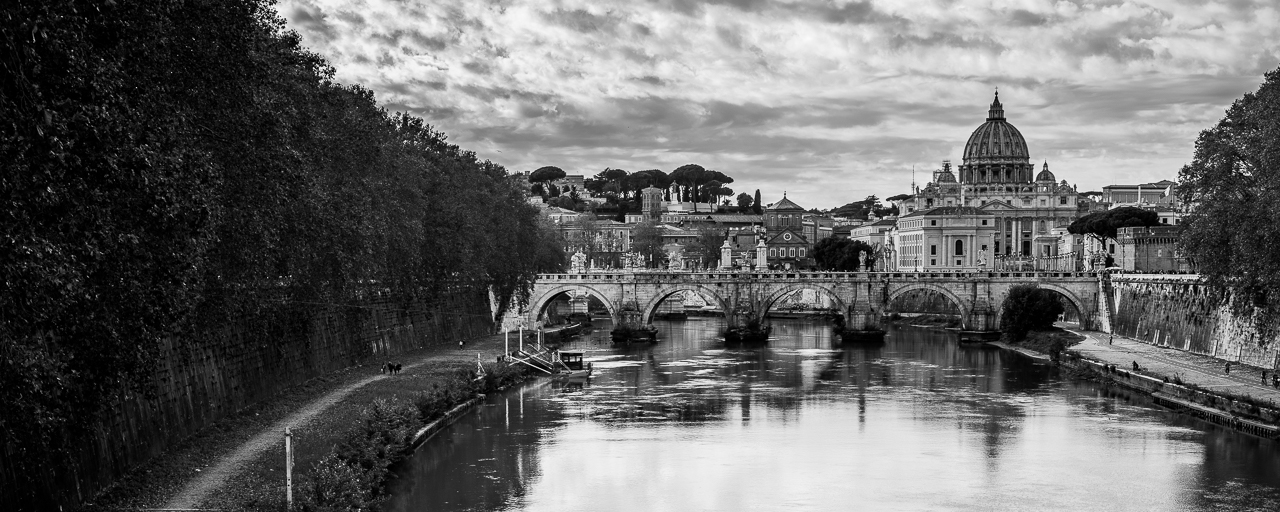Speaker
Description
The Extreme Energy Events (EEE) experiment, dedicated to the study of secondary cosmic rays, is arguably the largest detector system in the world implemented by Multigap Resistive Plate Chambers. The EEE network consists of 60 telescopes, each made by three MRPCs, distributed over all the Italian territory and allows to reconstruct the trajectory of cosmic muons with high efficiency and optimal angular resolution.
The experiment started to take coordinated data in a pilot run in the fall of 2014. Raw data are transmitted from all EEE telescopes to the INFN-CNAF data center, where they are immediately reconstructed and stored. Our current analyses concern more than 100 billion candidate muon tracks reconstructed.
A complete overview of the experiment will be presented, focusing on the excellent performance and specific qualities of these detectors and how we study them in depth also thanks to simulations.
A distinctive feature of the EEE network is that our telescopes are housed in High Schools and managed by groups of students and teachers, who previously took care of their construction at CERN. This peculiarity is a big plus for the experiment, which combines the scientific relevance of its objectives with effective outreach activities. The unconventional location of the detectors, mainly in common classrooms of school buildings, with heterogeneous maintenance conditions and without controlled temperature and dedicated power lines, is a unique test field to verify the robustness, the low aging characteristics and the long-lasting performance of MRPC technology for particle monitoring and timing. Since the first beam test where performed in 2006 at CERN and the last telescopes have been built till a few months ago, now we are able to understand how the spatial resolution, efficiency, tracking capability and stability of the chambers behave in time. This behavior will be also compared to a detailed Monte Carlo simulation realized with CORSIKA and GEANT to implement buildings characteristics.
In the next few years, more MRPCs will be built by students at the CERN, therefore an overview will be provided of all the challenging aspects related to the technological solutions chosen for the construction, quality controls and performance tests we intend to perform.
Finally, our ongoing studies on the use of eco-friendly gases to replace the current mixture of R-134a and SF6 will be mentioned.

